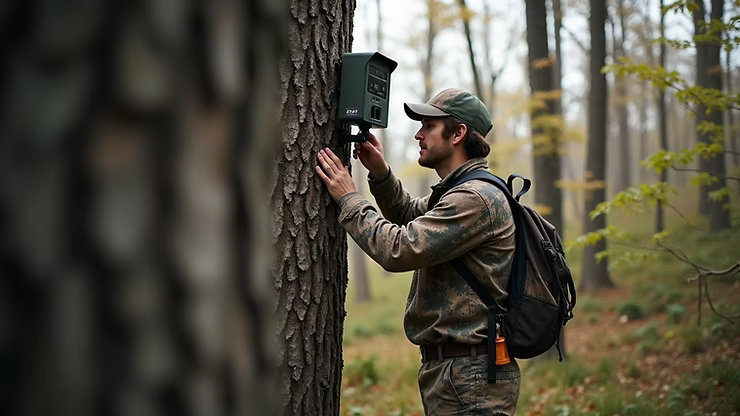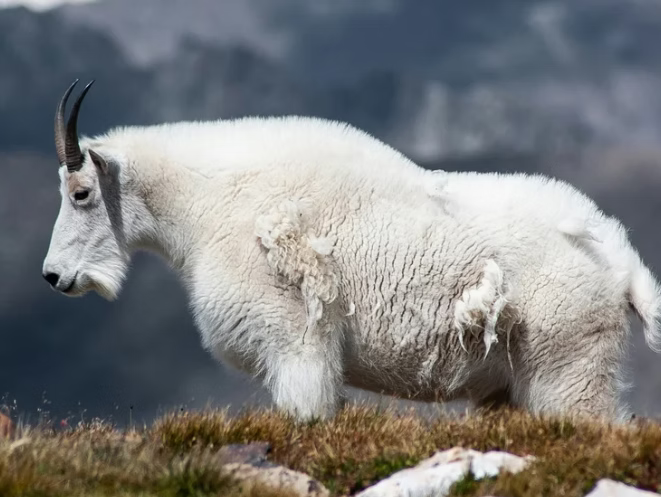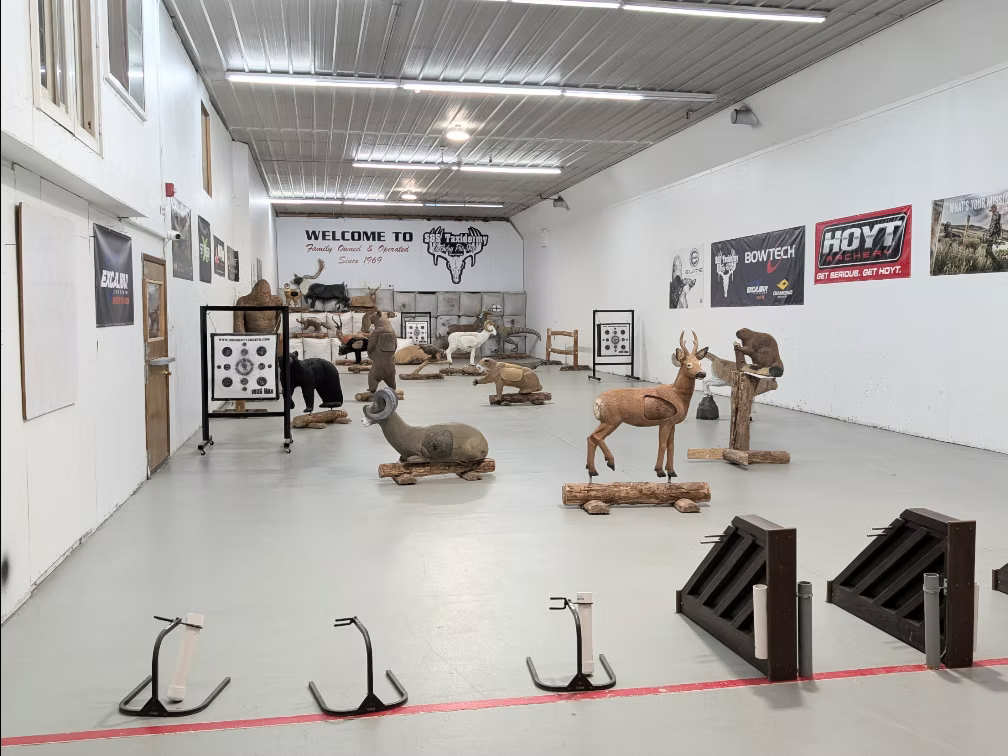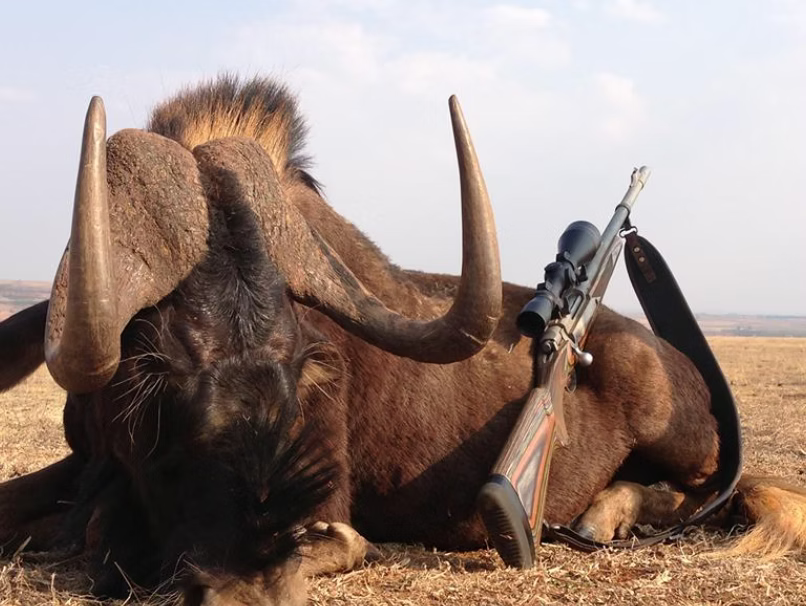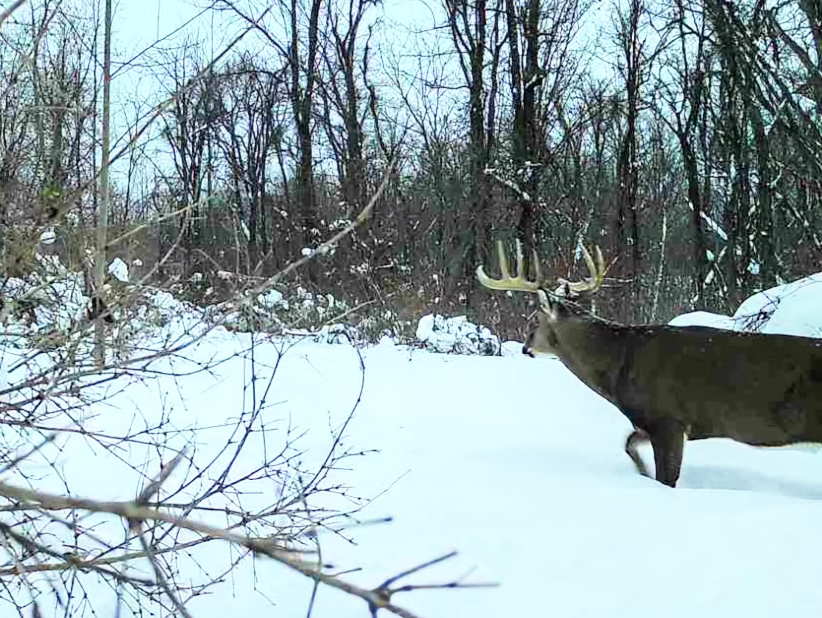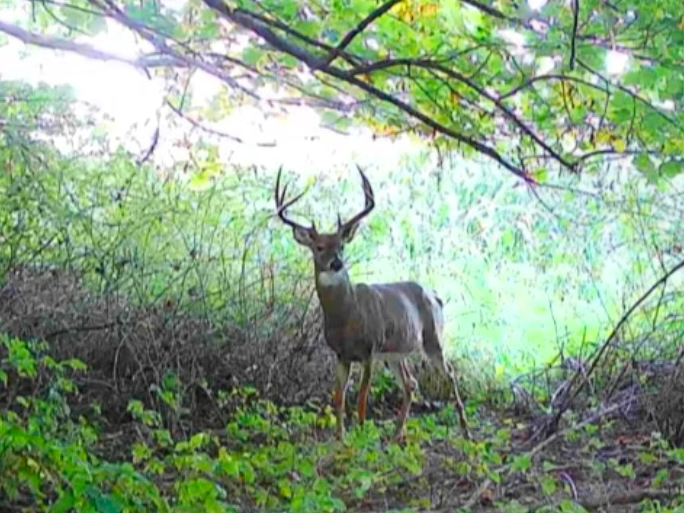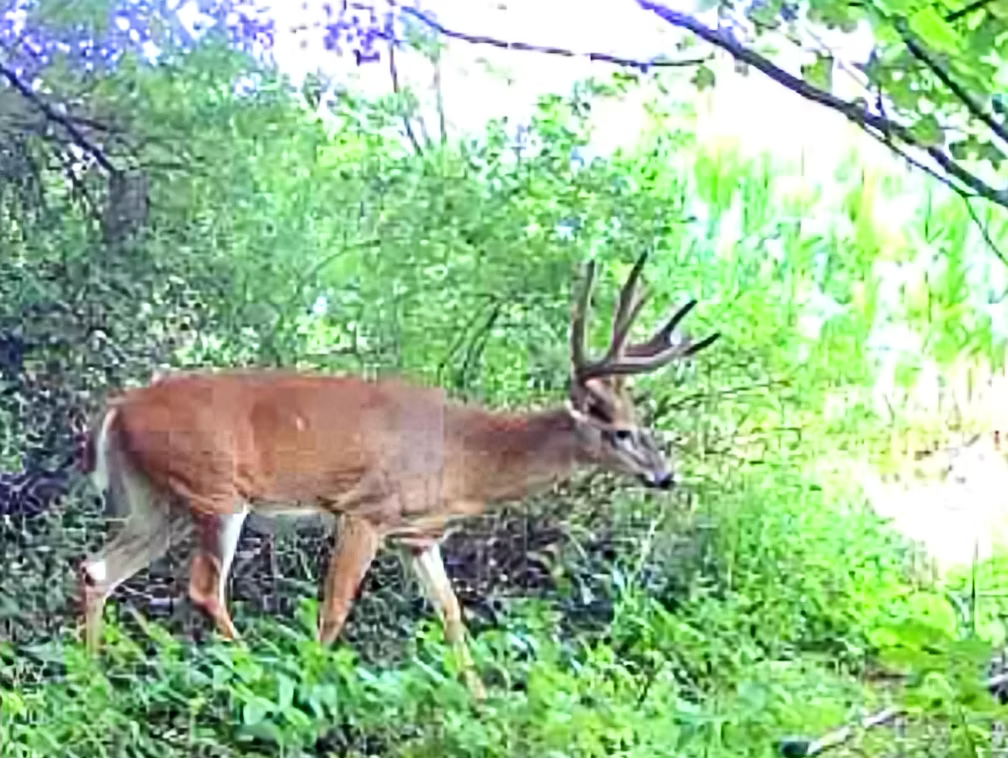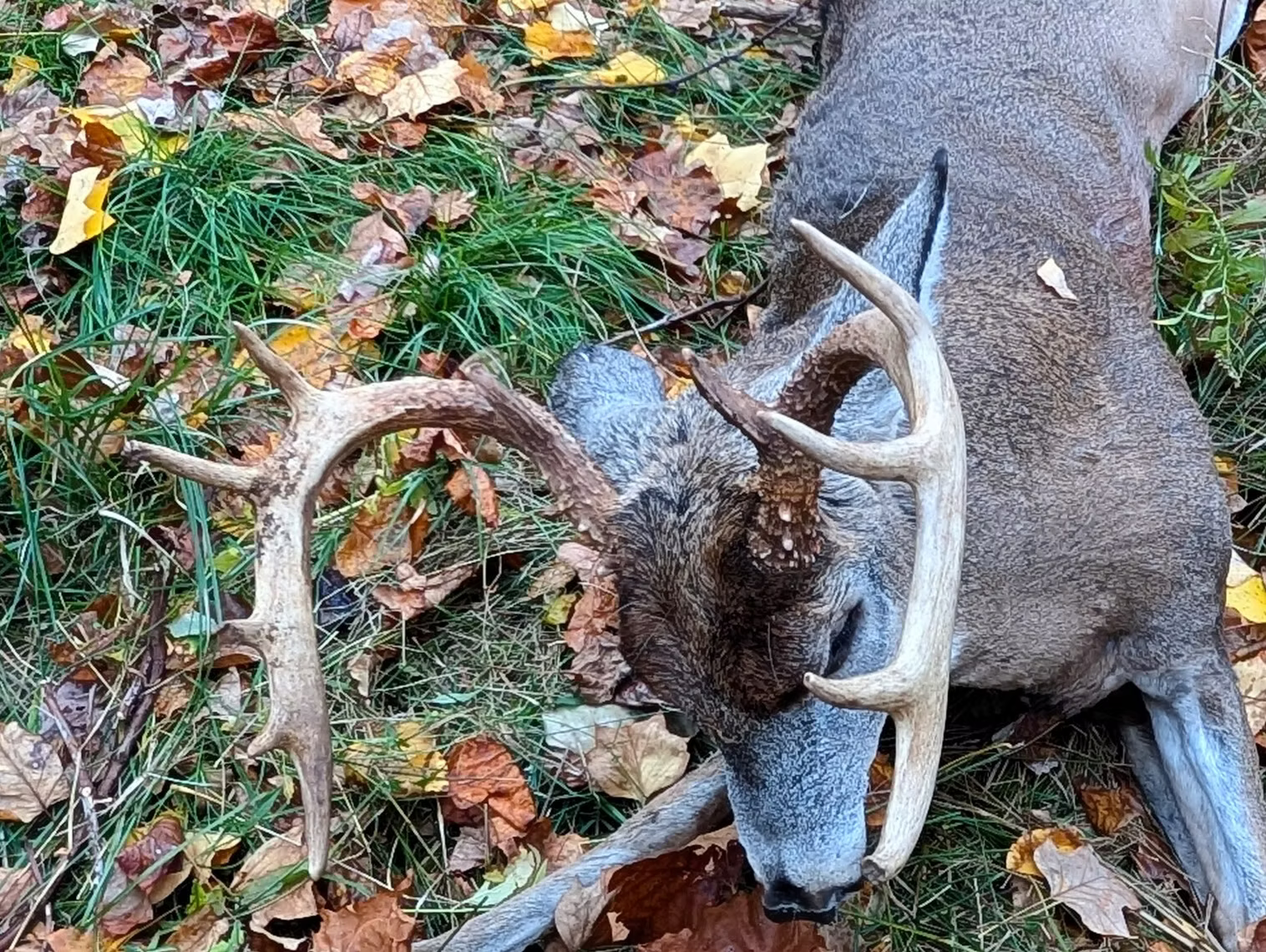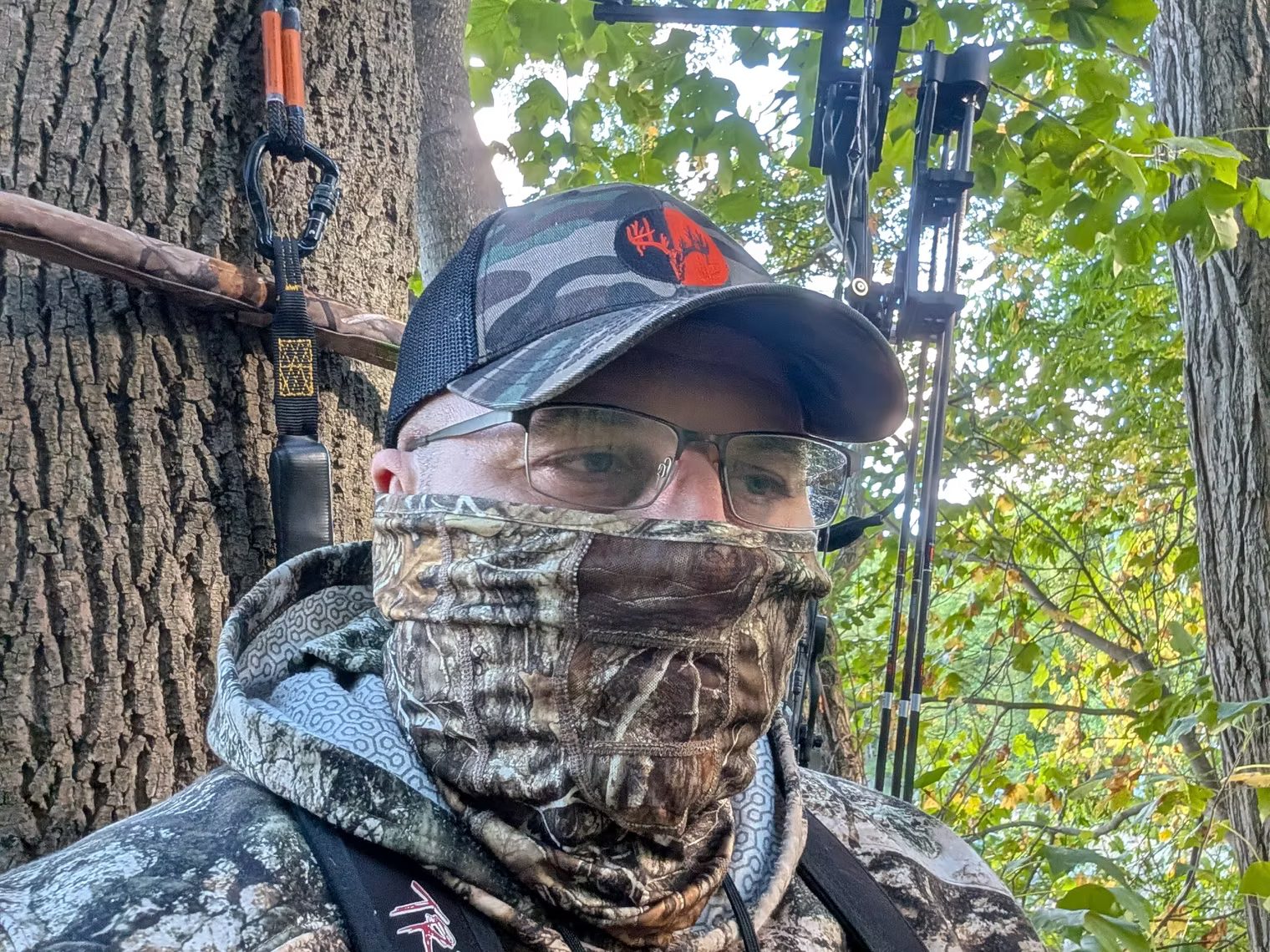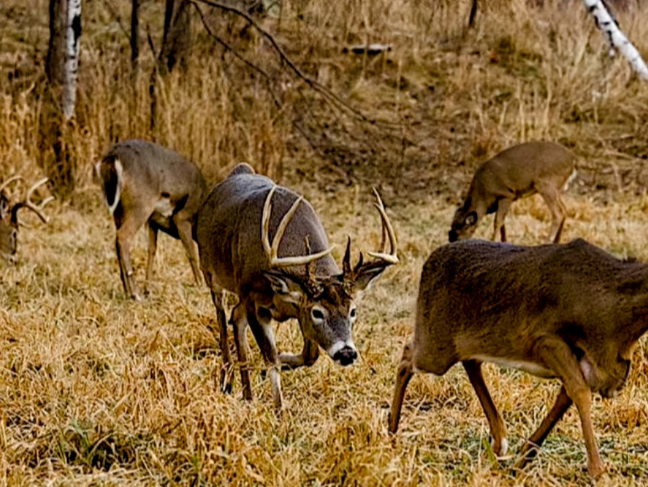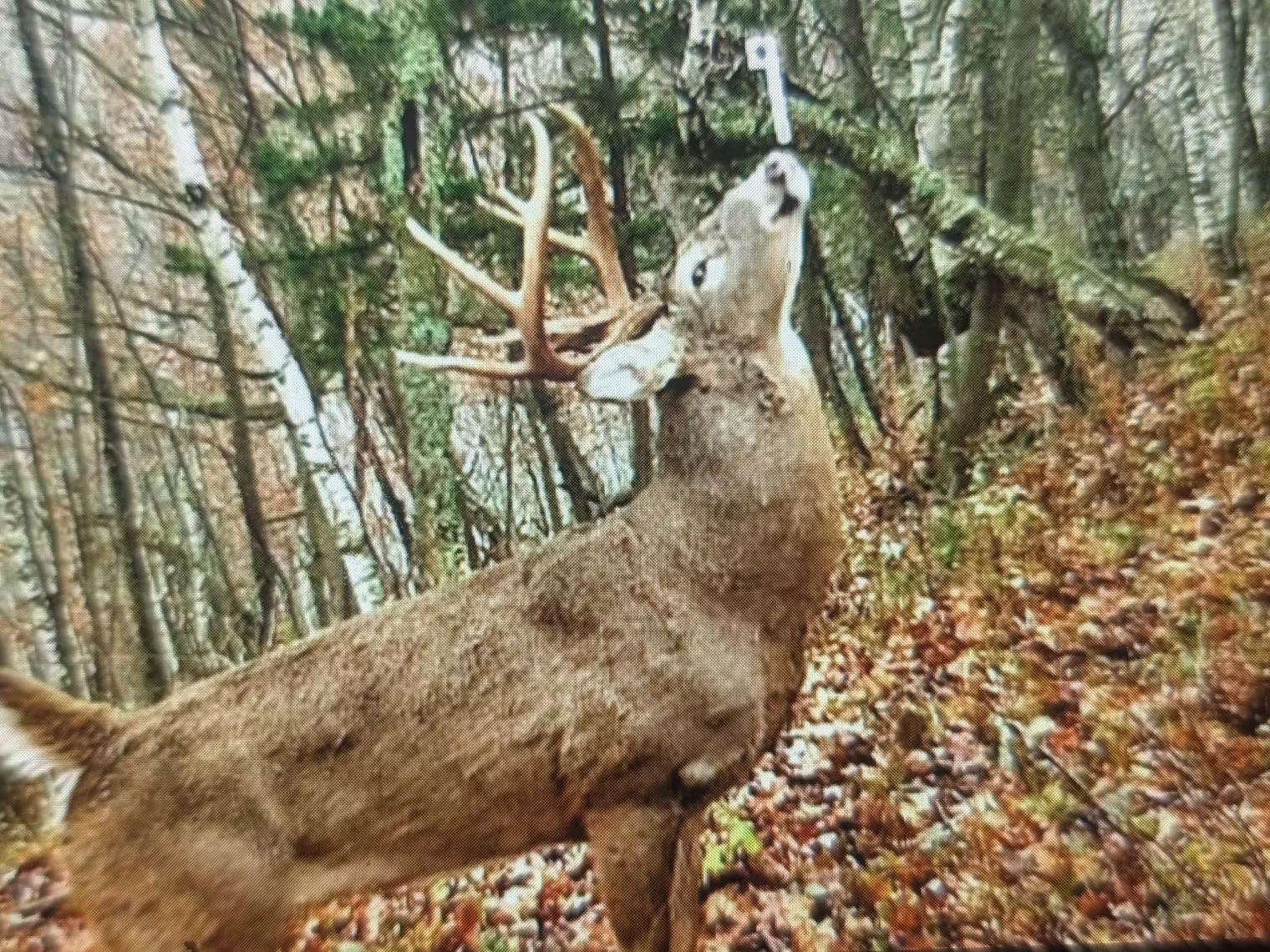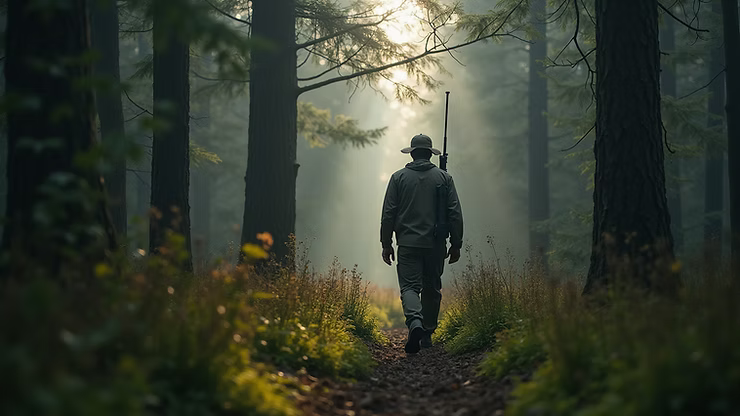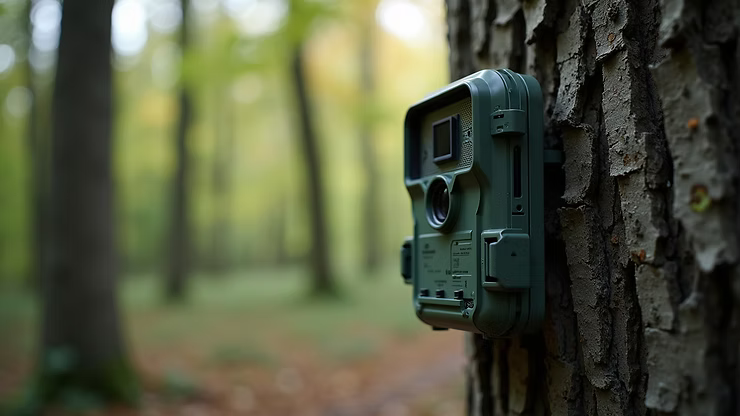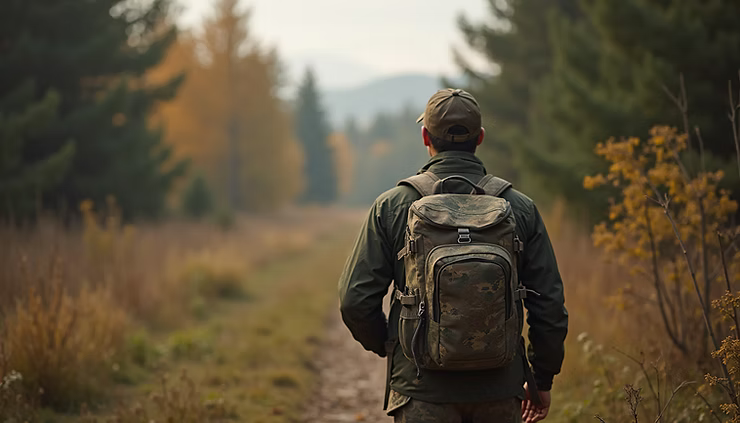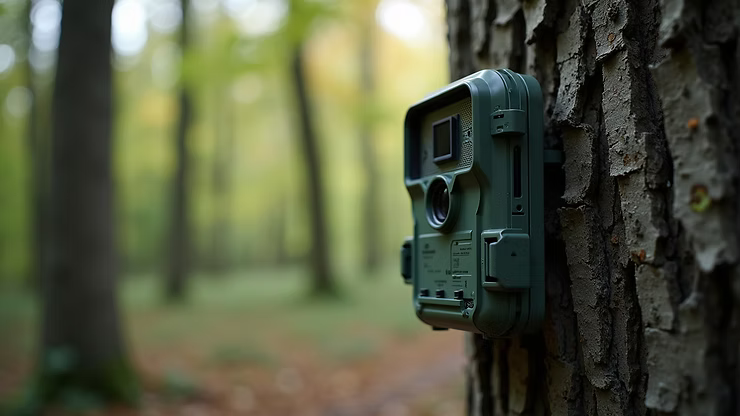Effective Deer Hunting Strategies for All Skill Levels
When I first started hunting, I thought it was all about patience and luck. Turns out, there’s a lot more to it. Whether you’re a rookie or a seasoned pro, having a solid strategy can make all the difference. I’ve learned some tricks along the way that I’m excited to share with you. So, grab your gear, and let’s dive into some effective deer hunting tips that work for everyone.
Getting Started: Essential Deer Hunting Tips
Before you even step into the woods, preparation is key. I can’t stress enough how much planning saves you time and frustration. Here’s what I focus on:
-
Scout the Area Early: Spend time before the season starts to observe deer trails, feeding spots, and bedding areas. I like to use trail cameras to get a sense of when and where deer are moving.
-
Understand Deer Behavior: Deer are creatures of habit. They usually feed at dawn and dusk, and they prefer cover during the day. Knowing this helps you pick the right time and place to hunt.
-
Gear Up Smartly: You don’t need the fanciest equipment, but quality matters. A reliable rifle or bow, comfortable boots, and weather-appropriate clothing are must-haves. Don’t forget scent control products; deer have a keen nose.
-
Practice Makes Perfect: Spend time at the range or in your backyard practicing shots. Confidence in your aim can turn a good opportunity into a successful hunt.
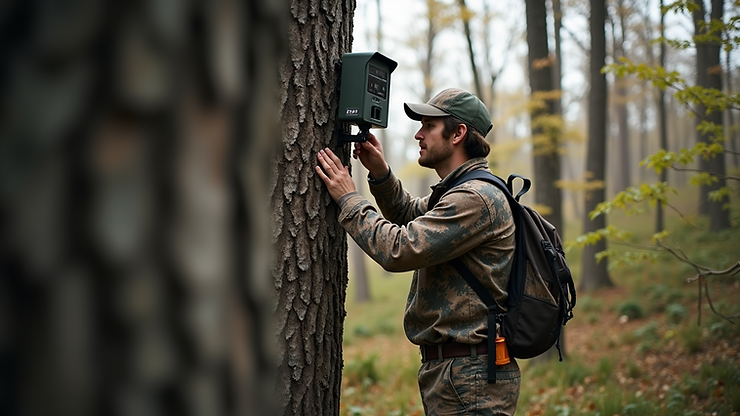
Mastering the Art of Patience and Stealth
One thing I quickly learned is that deer are incredibly alert. They can pick up the slightest noise or movement. So, how do you stay undetected?
-
Move Slowly and Quietly: I always remind myself to take deliberate steps, avoiding dry leaves or twigs that might snap underfoot.
-
Use Natural Cover: Trees, bushes, and terrain can hide your silhouette. Position yourself downwind to keep your scent away from the deer.
-
Stay Still: Sometimes, the best move is no move at all. I’ve had deer walk right past me because I stayed perfectly still, blending into the environment.
-
Timing is Everything: Hunting during low light conditions like early morning or late evening increases your chances. Deer are less likely to spot you when the light is dim.

How much should a deer hunt cost?
You might be wondering, “Is deer hunting an expensive hobby?” The answer depends on your approach. Here’s a breakdown of typical costs and some tips to keep expenses manageable:
-
Licenses and Permits: These vary by state but usually range from $20 to $100. Always check local regulations before heading out.
-
Equipment: Initial investment can be steep if you buy everything new. A decent rifle or bow might cost $300 to $800. Don’t forget accessories like scopes, arrows, or ammo.
-
Clothing and Boots: Quality hunting clothes can run $100 to $300, but they’re worth it for comfort and safety.
-
Travel and Lodging: If you hunt on private land or far from home, factor in gas, lodging, or guide fees.
-
Processing and Butchering: After a successful hunt, you might pay $50 to $150 to have your deer processed.
To save money, consider buying used gear, sharing costs with friends, or hunting public lands. Remember, the experience and connection with nature are priceless.

Advanced Strategies for Experienced Hunters
If you’ve been hunting for a while and want to up your game, here are some techniques that have worked wonders for me:
-
Stand Hunting vs. Still Hunting: Stand hunting involves waiting in one spot, often in a tree stand, while still hunting means moving slowly through the woods. Both have their place depending on terrain and deer activity.
-
Use Calls and Scents: Deer calls mimic sounds like grunts or bleats to attract bucks. Pairing calls with scent lures can increase your chances, especially during rut season.
-
Pattern the Rut: The rut is the deer mating season, and bucks are more active and less cautious. Knowing when and where the rut peaks in your area can lead to some exciting hunts.
-
Trail Cameras and Tech: Modern trail cameras with night vision and motion sensors give you a huge advantage. I check mine regularly to adjust my strategy based on deer movement.
Sharing the Experience and Learning More
Hunting isn’t just about the kill; it’s about the stories, the camaraderie, and the respect for nature. I’ve found that joining local hunting groups or online communities can be incredibly helpful. You get tips, gear recommendations, and sometimes even hunting partners.
If you want to see some real-life examples and get inspired, check out this deer hunting resource. It’s packed with stories and advice from hunters who’ve been there.
Remember, every hunt teaches you something new. Whether it’s reading the wind better or mastering your shot, keep learning and enjoying the journey.
Hunting is a skill that grows with experience, patience, and respect for the outdoors. With these strategies, you’re well on your way to making your next deer hunt a memorable one. So, get out there, stay safe, and happy hunting!

